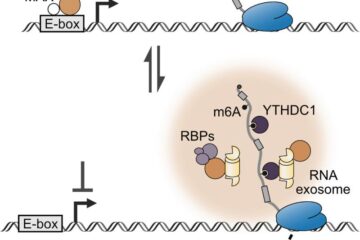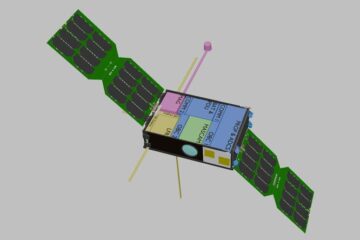E2FR – A “Steganographic” Wideband Speech Codec

In the E2FR (“Enhanced Enhanced Fullrate”) decoder, the hidden information is used as an input for a bandwidth extension algorithm which provides an extended acoustic bandwidth, e.g., up to 7 kHz. Older phones that, for instance, implement the EFR codec can not detect the hidden information, but they can keep their usual narrowband speech quality. For new phones, using the E2FR codec, a significantly higher speech quality plus a complete compatibility with the legacy system can be realized.
The E2FR codec has been tested in the laboratory and the applicability to the GSM cellular network could be demonstrated. The respective method is also applicable to other speech codecs that are based on the CELP principle. The steganographic information may also be used for other purposes than bandwidth extension. Commercial Opportunities Very often it is difficult to properly understand the name of your partner on the phone. This is due to the limited acoustic bandwidth of the conventional voice transmission in the telephone network. An extension of the acoustic bandwidth would be technologically easy, but there is the need for all phone systems to be compatible with legacy technology.
Weitere Informationen: PDF
PROvendis GmbH
Tel.: +49 (0)208/94105 10
Ansprechpartner
Dipl.-Ing. Alfred Schillert
Media Contact
Alle Nachrichten aus der Kategorie: Technologieangebote
Neueste Beiträge

Forschende enthüllen neue Funktion von Onkoproteinen
Forschende der Uni Würzburg haben herausgefunden: Das Onkoprotein MYCN lässt Krebszellen nicht nur stärker wachsen, sondern macht sie auch resistenter gegen Medikamente. Für die Entwicklung neuer Therapien ist das ein…

Mit Kleinsatelliten den Asteroiden Apophis erforschen
In fünf Jahren fliegt ein größerer Asteroid sehr nah an der Erde vorbei – eine einmalige Chance, ihn zu erforschen. An der Uni Würzburg werden Konzepte für eine nationale Kleinsatellitenmission…

Zellskelett-Gene regulieren Vernetzung im Säugerhirn
Marburger Forschungsteam beleuchtet, wie Nervenzellen Netzwerke bilden. Ein Molekülpaar zu trennen, hat Auswirkungen auf das Networking im Hirn: So lässt sich zusammenfassen, was eine Marburger Forschungsgruppe jetzt über die Vernetzung…

















